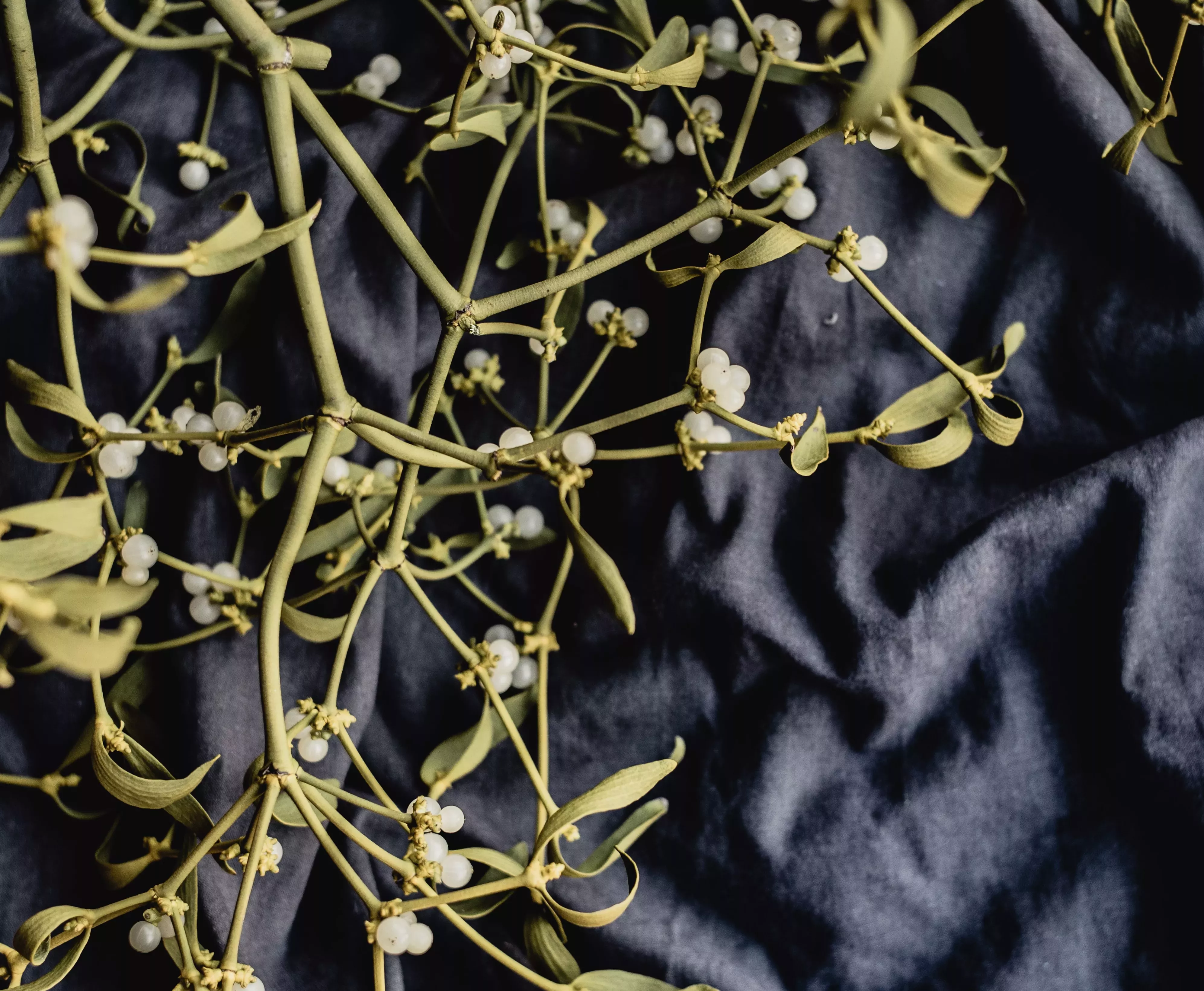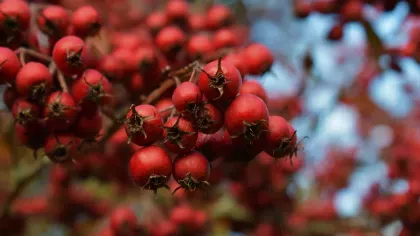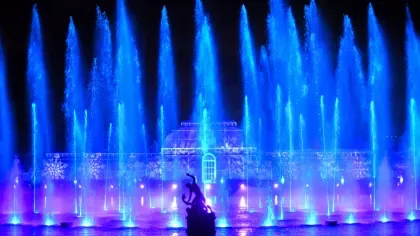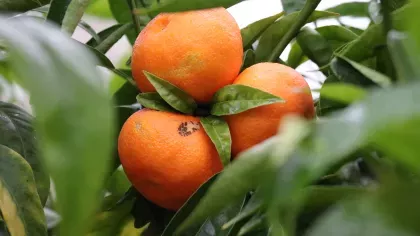2 December 2019
Top 5 Christmas plants
Christmas wouldn't be the same without these festive favourites.

From wreaths, to gifts and elaborate decorations, greenery and flowers add Christmas cheer and sparkle to our homes.
A traditional part of celebrations this season, we take a look at five classic Christmas plants.

Holly (Ilex)
This evergreen favourite, with distinctive red berries and glossy leaves, has traditionally symbolised the hope of new life in the depths of winter.
Holly bushes are a haven for birds and small mammals in the colder months as they give dense cover and protection.The dry leaf litter acts as a snuggly bed for hibernating hedgehogs.
There are more than 30 different species of holly growing in the Gardens. Wander down Holly Walk near Temperate House, which was planted in 1874, and is now home to one of Europe's most comprehensive holly collections.

Ivy (Hedera)
Used in pre-Christian times to celebrate the winter solstice festival, ivy has long been used in Christmas wreaths and decorations.
It's an evergreen woody climber, which can grow to a height of 30 metres. This clever plant is helped by adhesive aerial roots, which allow it to cling on and grow up vertical surfaces.
Although not a flamboyant plant, ivy flowers provide a great source of nectar for insects, particularly in the winter months when nectar is scarce. The berries are also a tasty source of winter food for hungry birds.

Mistletoe (Viscum album)
In ancient folk lore, druids would embrace beneath the boughs of mistletoe. This tradition has survived, making mistletoe a familiar Christmas staple.
It's an evergreen plant, with distinctive forked branches and clusters of white berries. Mistletoe is actually a parasite which attaches itself to other trees to survive. In the UK, it likes to grow on apple, lime and hawthorn trees.
Mistletoe deprives the host tree of nutrients and water, which weaken and sometimes kill the host. Not quite as romantic as its reputation.

Poinsettia (Euphorbia pulcherrima)
Well known for their distinctive scarlet bracts, poinsettias are a popular house plant over the Christmas period.
They can last for months because the red halo consists of long-lasting leafy bracts rather than soft petals that dry up quickly.
Poinsettias come from Mexico, and they thrive in warm climates. They grow in Canary Isles and they also thrive in the canyons and scrub close to Hollywood in California.
Head to our Kew shop to pick up a beautiful poinsettia for yourself.


Norway Spruce (Picea abies)
The tradition of decorating trees originally came from Germany, and was made popular in the UK by Queen Victoria's husband Albert in the 18th century.
One of the most popular Christmas trees is the Norway Spruce, which has a rich pine scent and deep green foliage. In the wild, they can reach up to 40 metres tall and live for 1,000 years.
They were introduced in the UK in the 1800s, but are native to the mountainous areas of Europe. Wildlife love to live in the foliage, and the cones are a favourite snack for red squirrels.
Spot our beautiful spruce trees in the Pinetum. Or for a chance to see the tallest living Christmas tree in the UK decorated with 1,800 lights, head to Wakehurst's Glow Wild.



